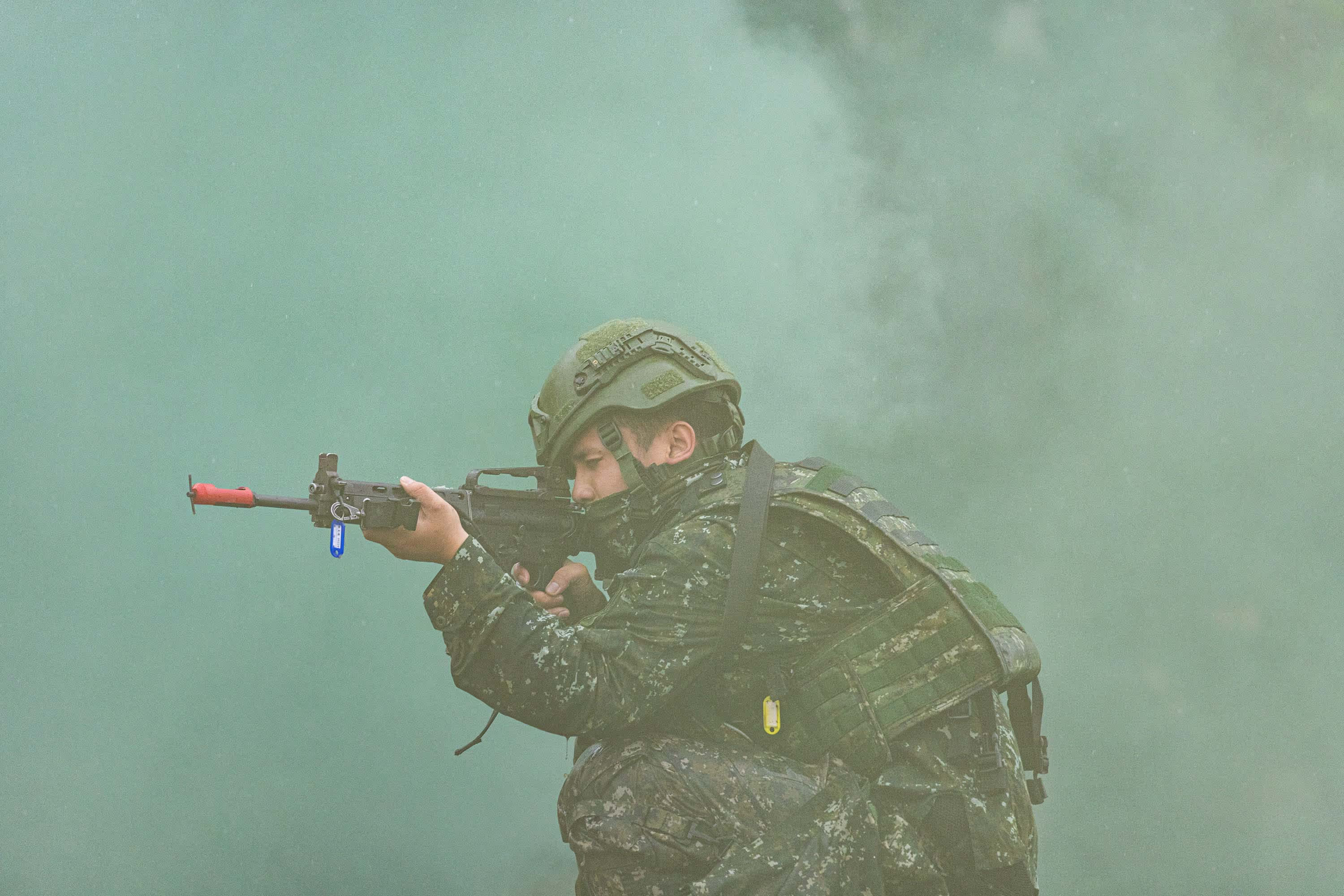A stronger Taiwan is a deterrent to Beijing’s unification ambitions, but balancing deterrence with the risk of escalation remains a central challenge for countries seeking to preserve peace and stability in the Taiwan Strait. That dilemma sits at the heart of policymaking for governments navigating the Taiwan question, as they must weigh the risks of supporting Taiwan against the potentially greater risks of inaction.
While supporting Taiwan carries political, economic and security risks, allowing Beijing to advance its strategic objectives unopposed poses an even greater threat to regional stability. The status quo isn’t static; it’s increasingly dynamic and unstable, shaped by China’s growing military presence, frequent exercises and coercive tactics.
Left unchecked, those incremental changes risk normalising China’s dominance in the Taiwan Strait, undermining freedom of navigation and shifting the balance of power in Beijing’s favour, and potentially encouraging the CCP to believe that it can successfully resolve the Taiwan question through force. Maintaining stability therefore requires tangible actions that both strengthen Taiwan’s resilience and increase the costs to China of further escalation.
The US needs assistance
The US must remain the primary counterweight to Beijing’s ambitions. Yet its resources aren’t limitless, and its commitments are already stretched across multiple regions, including Europe and the Middle East. Relying solely on the US to deter Chinese coercion and maintain the status quo is insufficient. Broader coalitions of like-minded countries are essential to share the burden, signal collective resolve and reinforce the credibility of deterrence.

